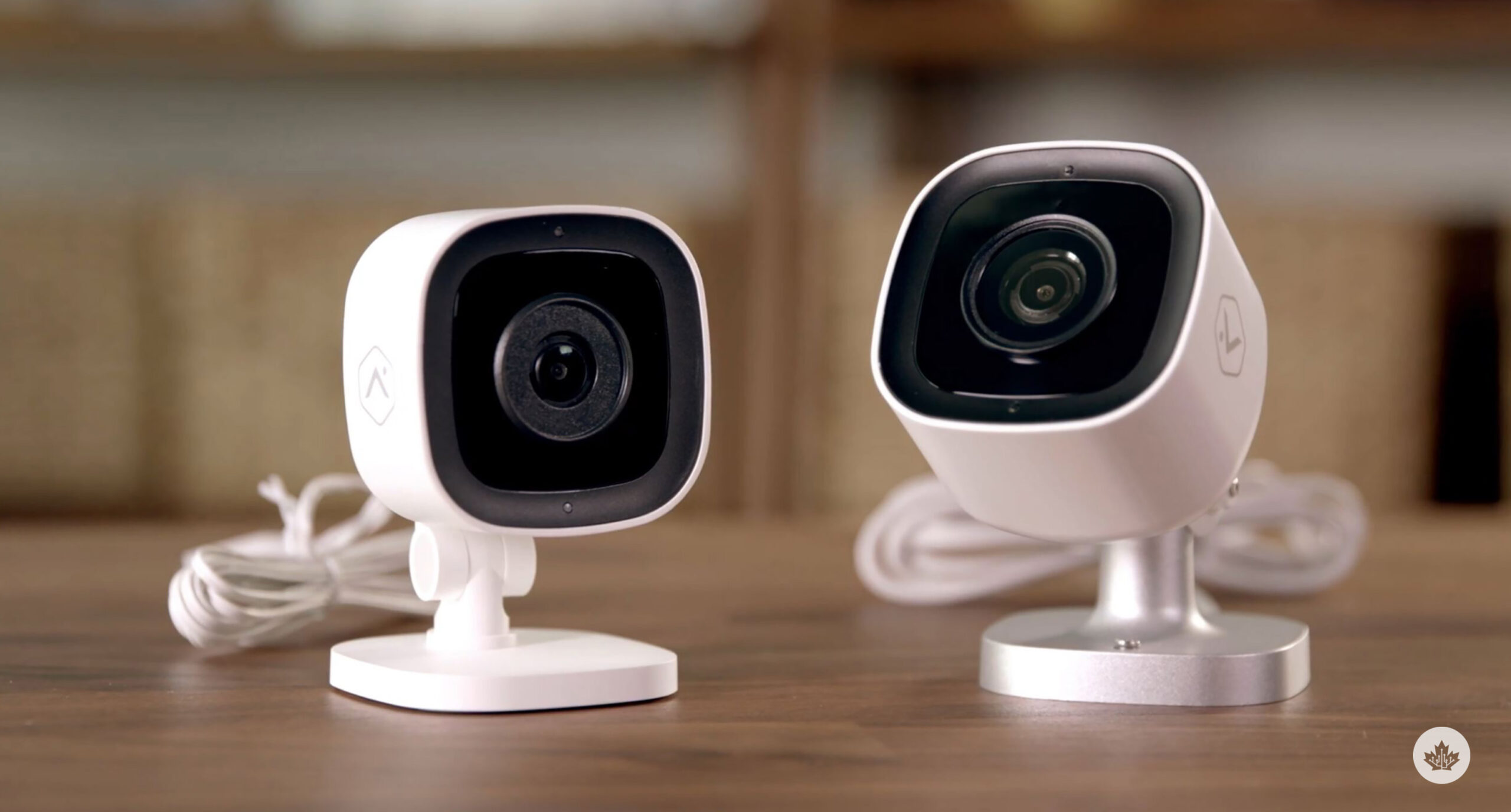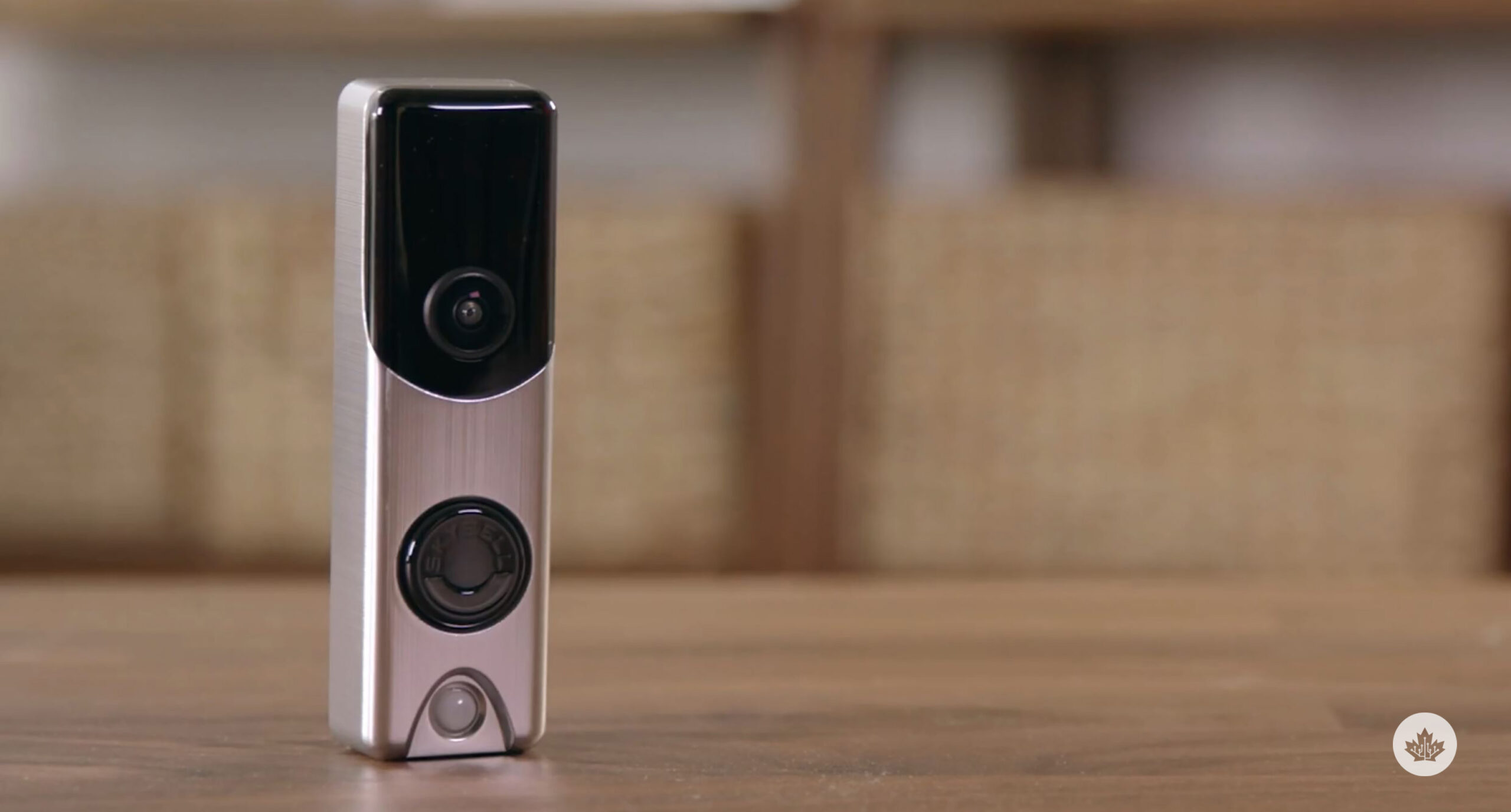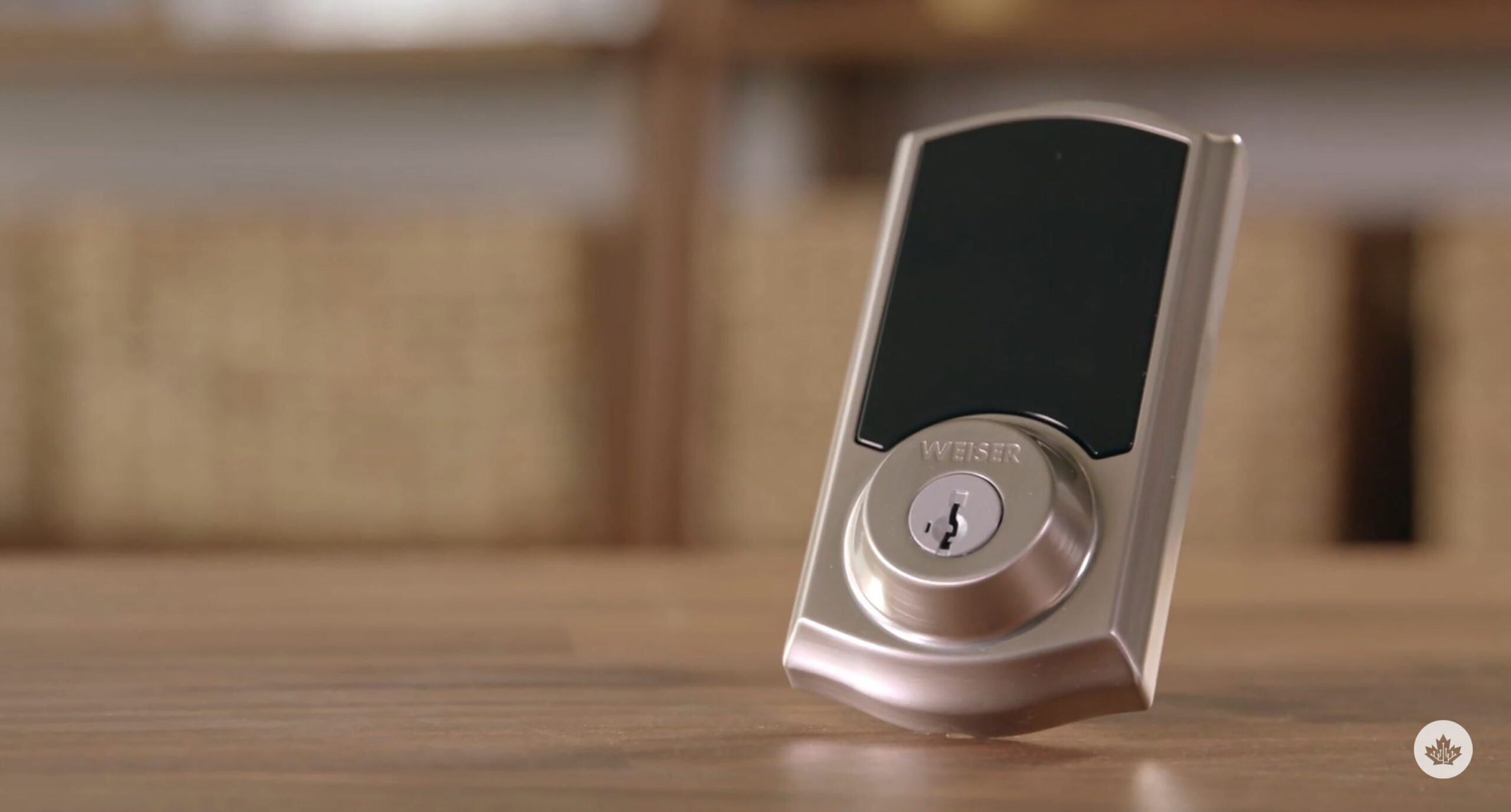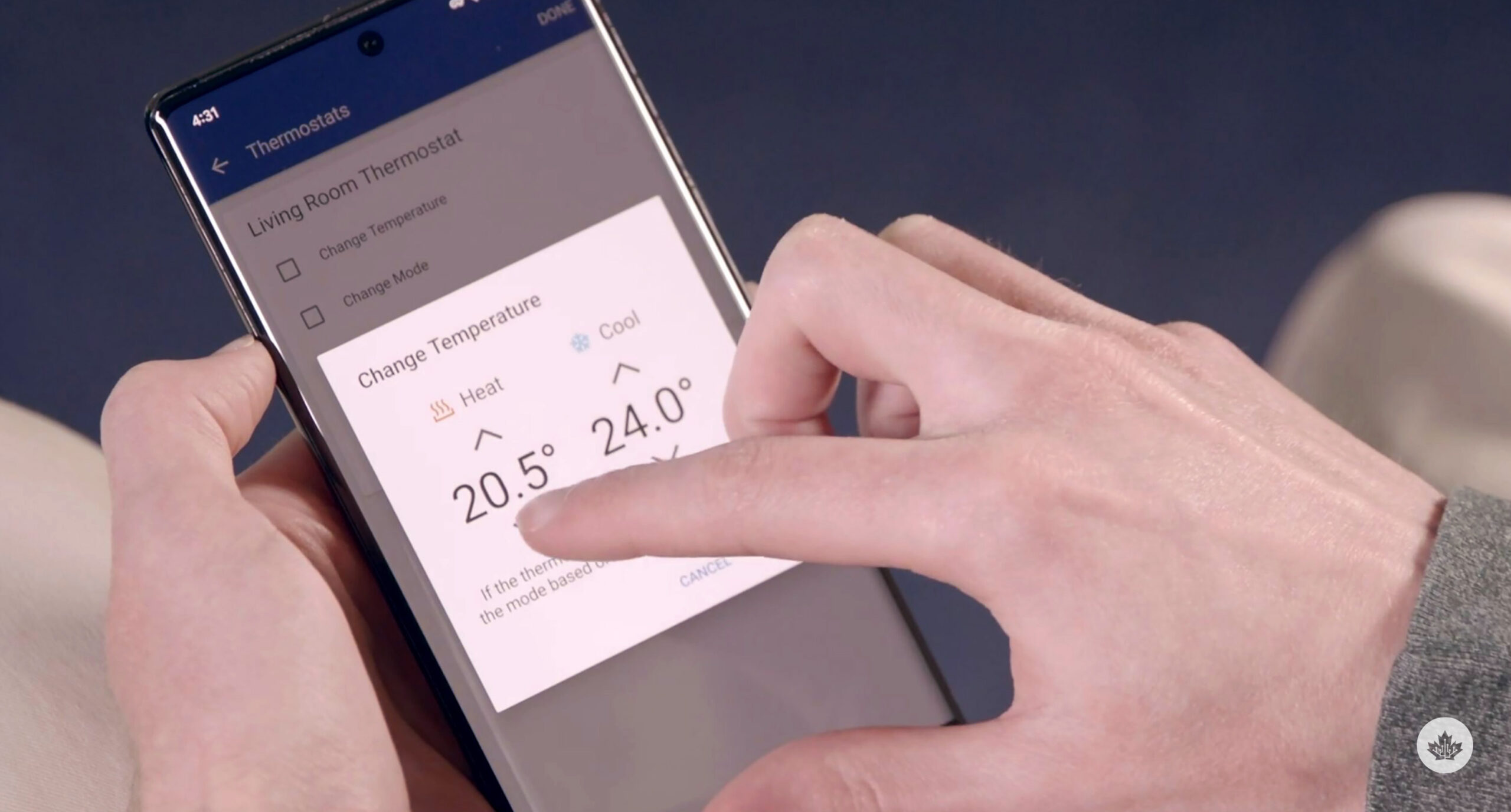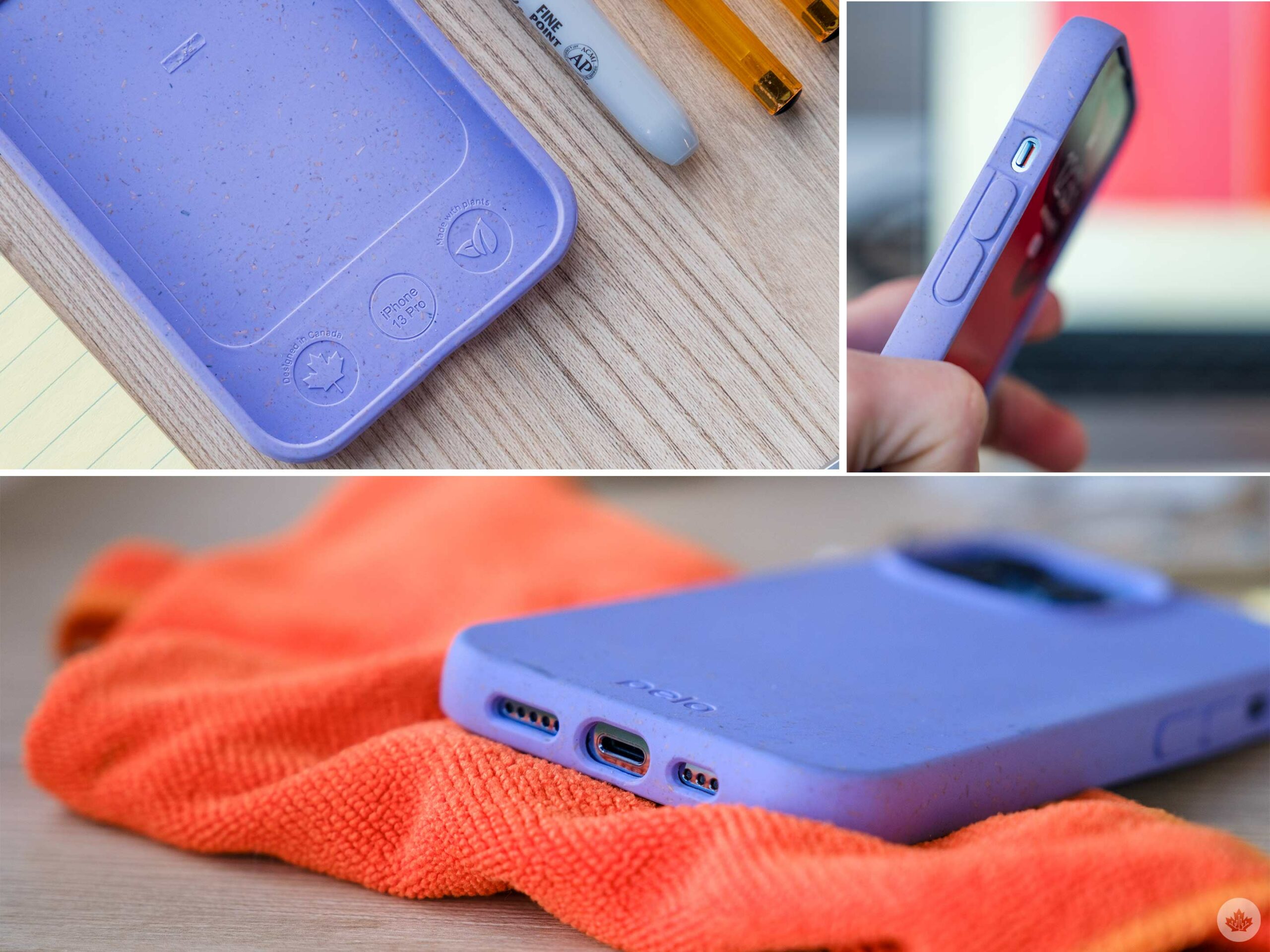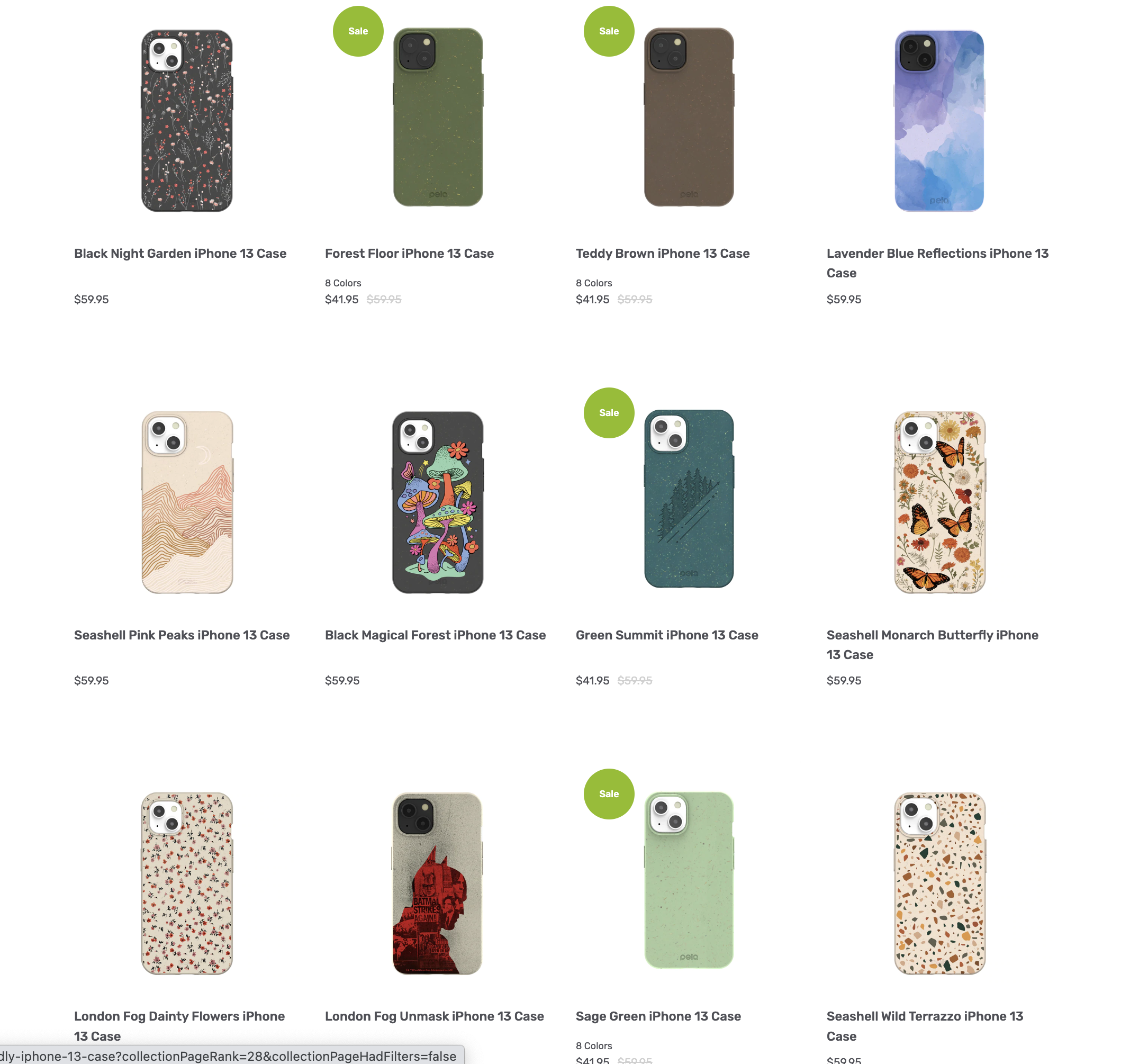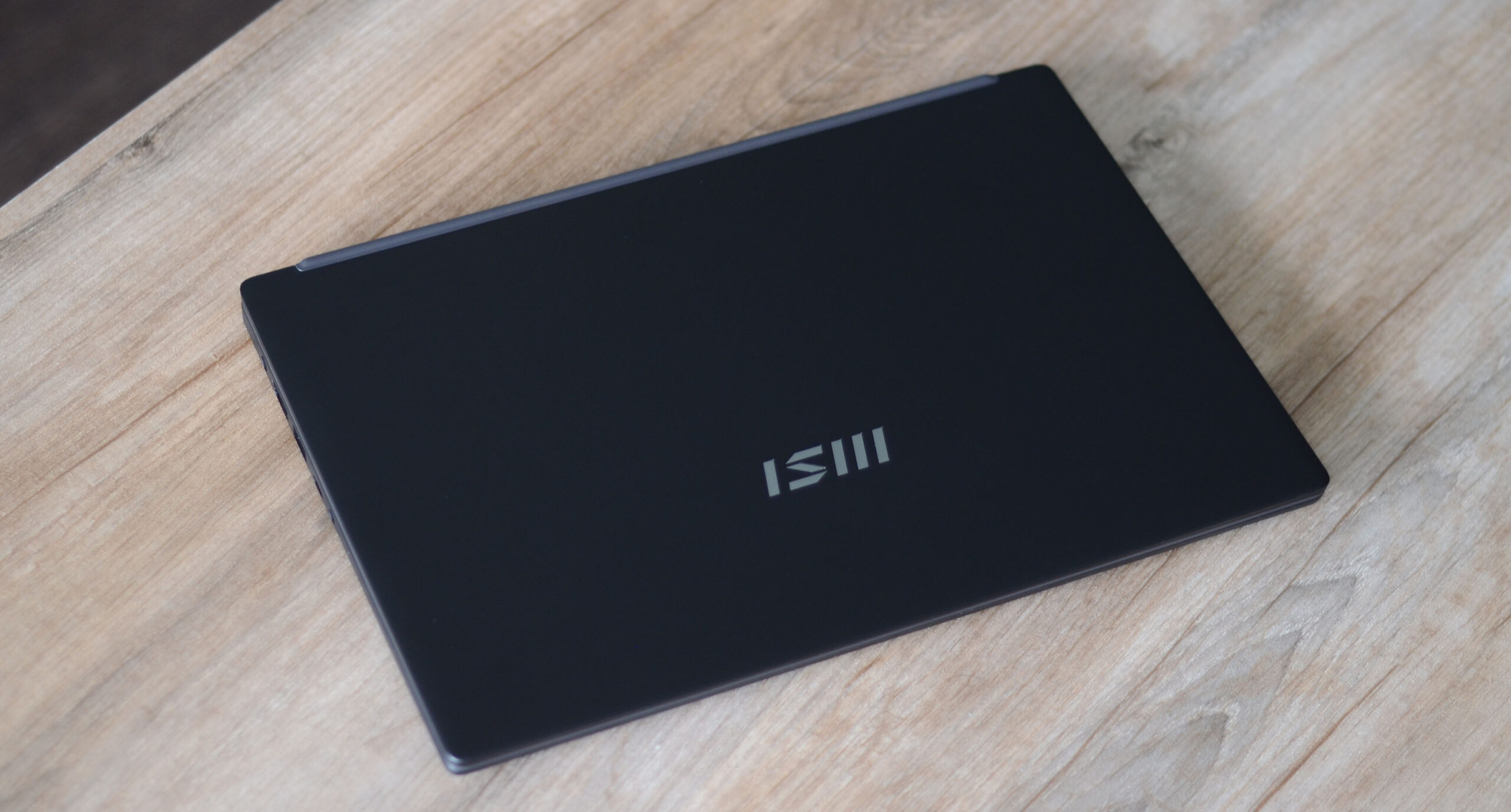5G is poised to offer significant improvements in connectivity, reliability and innovation. As such, the new standard of mobile networking technology is piquing the interest of the automotive industry. With a clear trajectory towards automation, 5G is expected to play a heavy role in new advancements.
Several manufacturers are looking into the possibilities of self-driving cars. However, to fully realize a future where vehicles function independently, a lot of considerations must be taken. Maintaining safety, functionality, and connectivity are all cornerstones in vehicle automation. Area X.O is a not-for-profit Ottawa-based innovation company that is researching breakthroughs in this field.
The company has established a 1,866-acre “smart city” in Ottawa. Here, Area X.O operates numerous GPS systems, 4G, private LTE, and its own 5G wireless network. Within its smart city, Area X.O tests autonomous vehicles against traffic, hazards, and other real-world simulations. MobileSyrup sat down with Kelly Daize, Area X.O’s strategic market director and one of the founders to discuss the impact of 5G on vehicle autonomy as well as what may come in the future.
Question: For those that may not know, what is Area X.O and what does the company specialize in?
Kelly Daize: Area X.O is a partnership, I would say, with industry at the forefront. We’re not for profit. We’re very open and collaborative in the work that we do. We will operate projects in private, but in general, most of the projects we operate include multiple Canadian companies and regulators. We’re very open and forthcoming in sharing the information that we gather.
We run one of the most advanced communication infrastructures in the world, with numerous GPS systems, 4G, private LTE, Wi-Fi, LoRa, and TV White Space. We work in 5G, including millimetre wave (mmWave) standalone, and non-standalone with Ericsson and Nokia. We recently partnered with Telesat, to bring on their satellite backhaul. All of that is running on our own spectrum. We have our own spectrum licenses from the federal government. We do all of that at our private test facility, which is 1,866 acres fenced and gated. So it really gives companies an opportunity to do things while running in private. We can do really cool things like hackathons, which we did with the federal government a few weeks ago.
Q: With vehicle autonomy becoming more advanced, how is the company continually keeping up with new infrastructures and systems?
Daize: We are working on projects directly with an industry focus on the next step for connected autonomous vehicles (CAV) – when the cars can communicate with each other and with infrastructure to be able to navigate seamlessly and safely in the most complex of situations. A recent study by Deloitte cited that by 2022, approximately 70 percent – 95 percent of new cars in Canada will have vehicle to infrastructure (V2I), vehicle to vehicle (V2V), and other telecommunications capabilities. The Area X.O private and public test facilities are the perfect locations to test and validate company technology that will help make roads safer.
An example of an asset that was identified as important to companies was access to a CAV, the Area X.O connected and autonomous’ vehicle was developed with Autonomous Stuff. It was designed as a next-generation vehicle and a platform for SMEs. [This allows it] to share the data from the autonomous systems and enable the easy addition of the company’s technology to the vehicle. It has the ability to communicate and receive information over dedicated short-range communication (DSRC), cellular and 5G. It has integrated V2X software, safety enhancements and capabilities that enable a new level of real-world testing and validation. This includes the ability to receive, process and takes immediate action on safety messages such as ‘stop the vehicle.’ The vehicle is also fitted with a spectrum analyzer from ThinkRF so it can measure RF range packet loss etc.
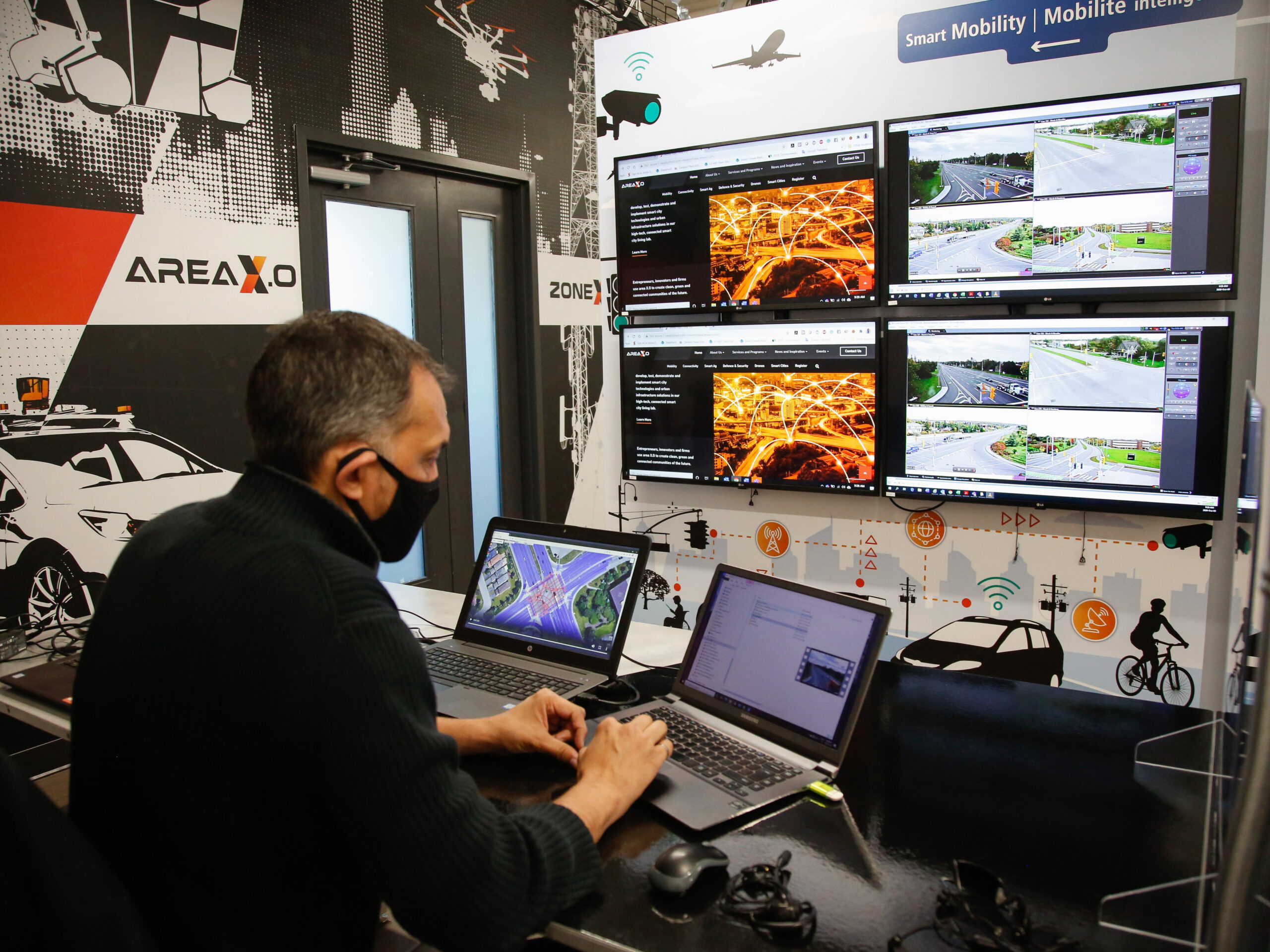
Image credit: Area X.O
We are working with Canadian companies and Transport Canada on smart infrastructure projects that will protect Vulnerable Road Users (VRUs). We have deployed a suite of machine vision and company technology at the traffic and rail intersections, first at the Area X.O private test facility and then in the AreaX.O public test area. The findings from the project will be used to help create policy and regulation and will also be shared with the World Economic Forums Open data pool. We continually are working with companies to ensure our assets and infrastructure are relevant and align with what is being deployed in the real world.
Q: How is 5G playing its part in Area X.O currently with vehicle autonomy and AI in mind?
Daize: It’s really critical in my opinion, it’s the missing piece to really explore the promise of what a smart city and smart community could be. For us here at Area X.O, with our own infrastructure, our own assets, including our own connected autonomous car, we’re exploring what that new world could really look like. A huge part of that is what 5G will enable. [This includes] low latency, unimaginable numbers of devices connected at the same time, and a whole new opportunity to do things that are unimaginable today. Looking at AI and analytics, [they can] compute and share that information pretty much in real-time back to vehicles and other infrastructure. It’s the missing linchpin, I think for the promise of what a smart city and smart mobility can really be.
Q: In Canada, 5G is still in its infancy. As its full potential becomes more accessible, how do you foresee it impacting company innovations in the future?
Daize: We’re running that next generation of what [5G] is going to look like in the real world. We’re doing exactly what we expect the capabilities will be in the future on our network. So it’s really important [to ask] why do we do what we do? It’s really to advance and help commercialize Ottawa, Ontario, and Canadian companies. So, we’ve partnered with some of the world leaders to add them with the infrastructure and assets they need to lead in the next generation.

Image credit: Area X.O
I would say in the real world, you see varying deployments of 5G in different ways. Some of it’s writing on top of the older infrastructure, etc. We will run that same configuration but we also run standalone 5G, which is where everything is going.
Q: From your perspective, what are some qualities of 5G that you see going under the radar in regards to vehicle autonomy?
Daize: We’re working on a number of projects. [5G enabled] cars can communicate with each other and the infrastructure. It’s great to have vehicles with cameras on them that can see as good as people or maybe a bit better because there are more cameras around the vehicle.
I believe that the true promise will be seen when vehicles are better at driving than humans. That means they need to work with each other and be able to receive secure information from infrastructures so that they can make decisions well in advance of when a human could make them.
So we’re working on a number of projects with Transport Canada. We’re looking at how Canadian technology, and machine vision, protect vulnerable road users. That’s [across] traffic, intersection and rail crossings. That’s a lot of the work that we’re doing today. They would call it vehicle to everything (V2X.) That’s when I think we’re really going to see the promise. I mean, maybe there’s no need for traffic lights. Maybe it’s one lane of traffic or the vehicles are talking to each other and they’re moving in and out of traffic at the right pace. I think that’s when we’re really going to see the advantage.
Q: How do you foresee the next 5 years of 5G panning out in Canada?
Daize: 5G is the key enabler to accelerating development and recognizing the true promise of a connected city. I’d say the large-scale deployment is coming quickly. We all see the marketing and the wonderful things that our service providers are doing. 5G is going to be up to 100 times faster than the existing networks. I think, in the next five years, we’re going to start to really see the networks expand and take off.
I’d say one of the things that a lot of people were thinking is that it’s faster, it’s good, [and can] enable a lot of things. But, the signals don’t go as far. So there’s going to need to be additional infrastructure put in place. I think cities will, you know, enjoy the enablement of 5G first, and then it’ll move out into more of the rural settings as we go.
This interview has been edited for language and clarity.
This article is part of our The Future with 5G Series. A full-length documentary on 5G airs on BBC Earth Canada August 26th.
 This story is sponsored by Bell. MobileSyrup publishes sponsored posts. These partnerships do not influence our editorial content.
This story is sponsored by Bell. MobileSyrup publishes sponsored posts. These partnerships do not influence our editorial content.
Image credit: Area X.O






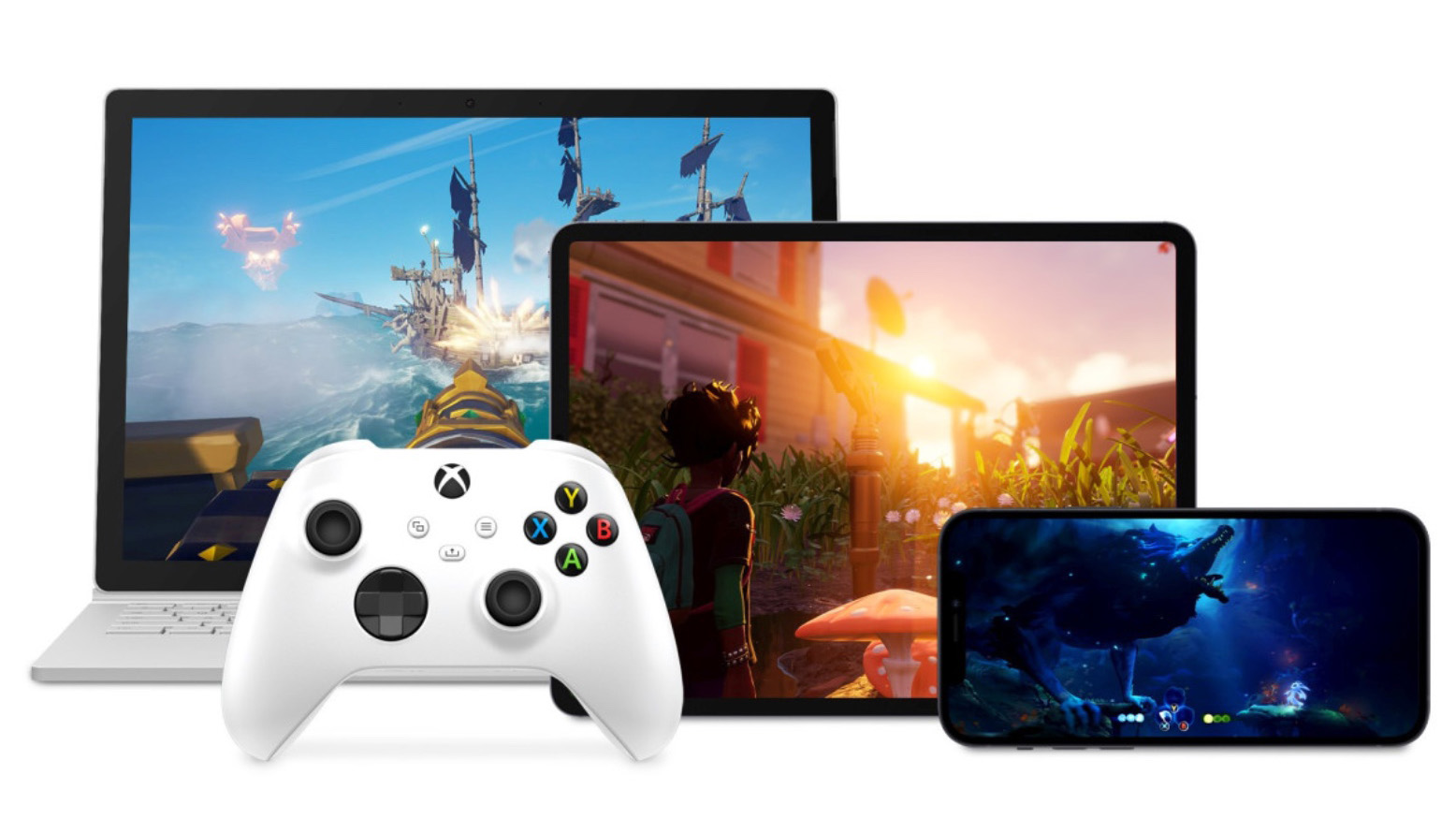

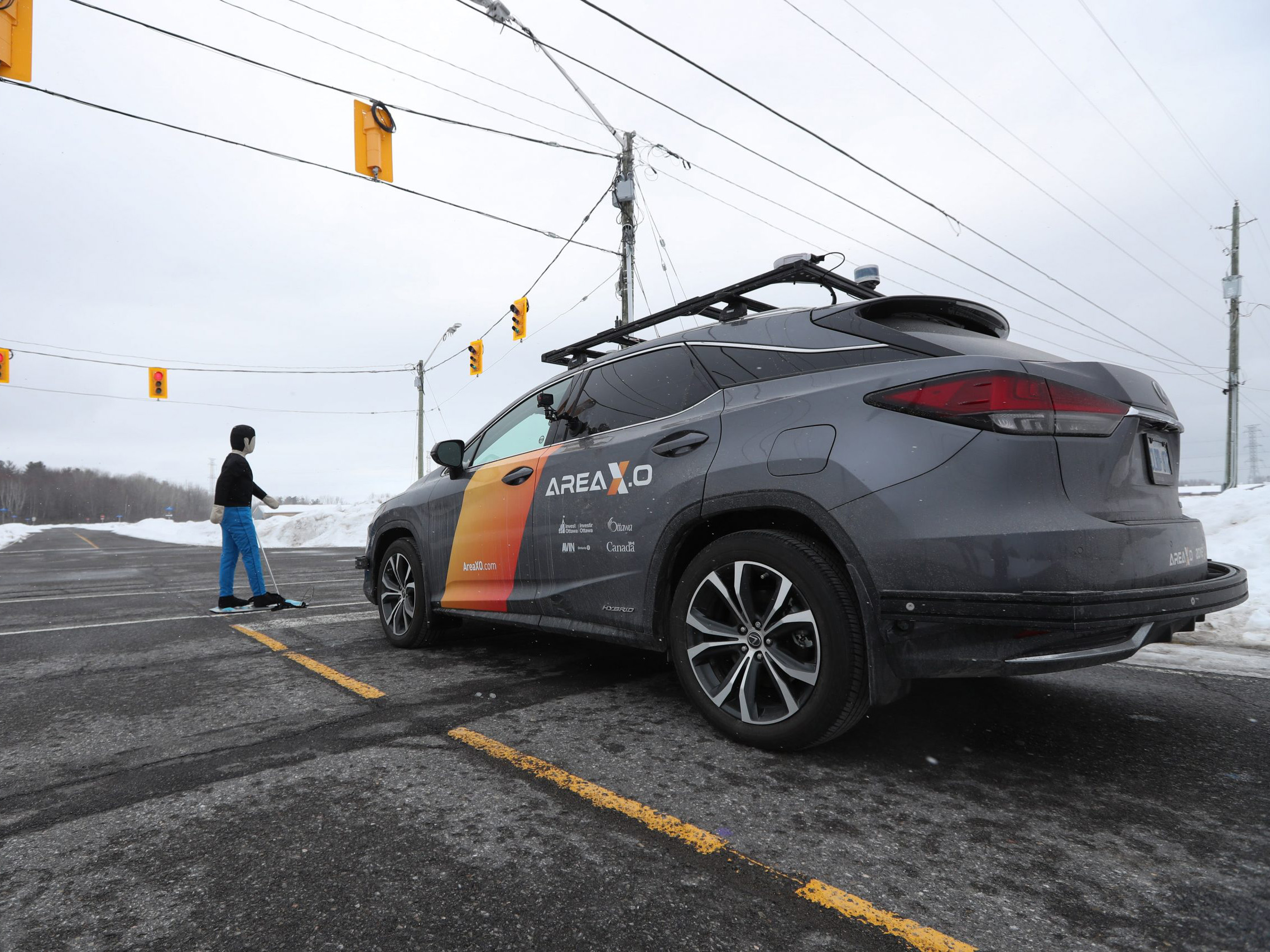

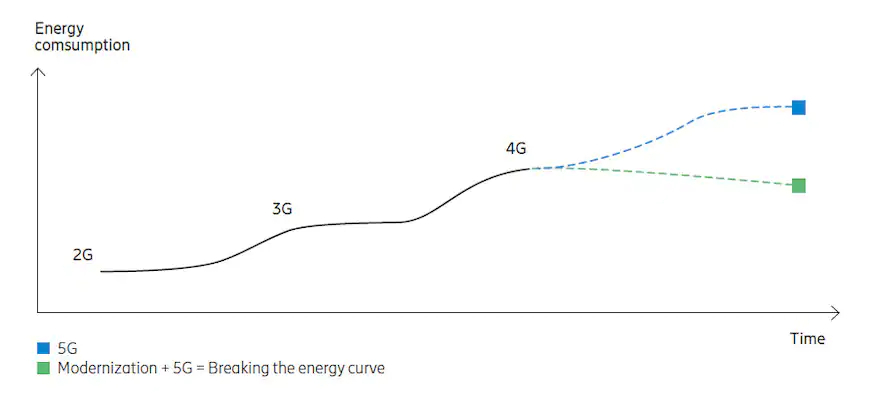
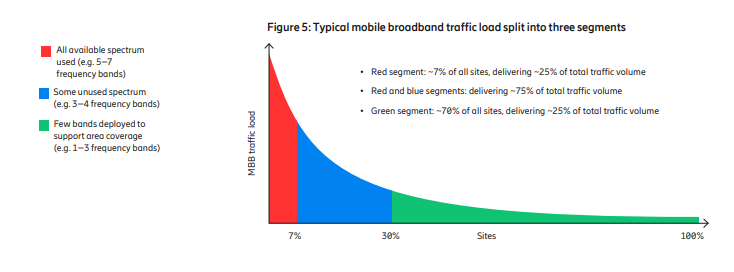
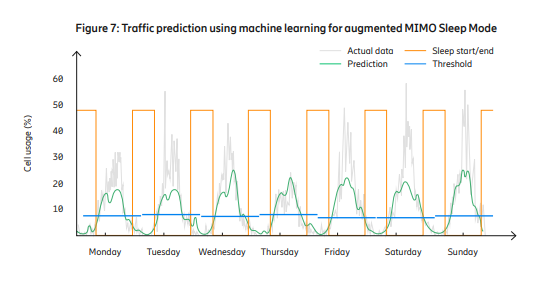
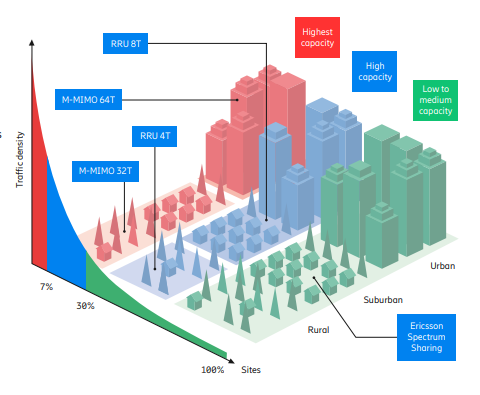

 The story is sponsored by Bell. MobileSyrup publishes sponsored posts. These partnerships do not influence our editorial content.
The story is sponsored by Bell. MobileSyrup publishes sponsored posts. These partnerships do not influence our editorial content.

